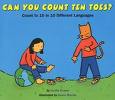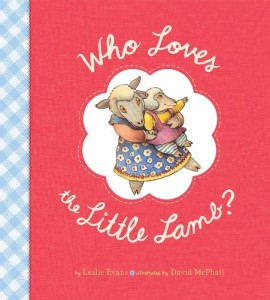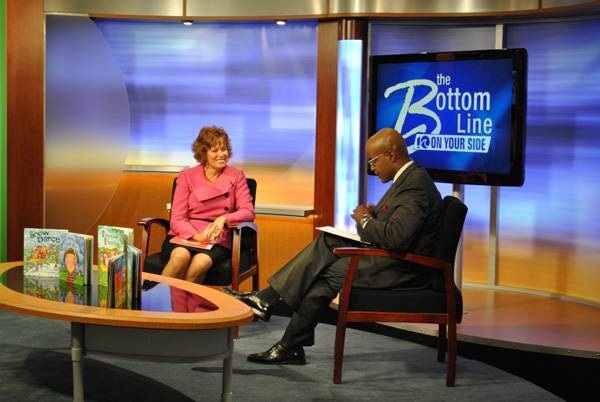By Lezlie Evans, for The Children’s Book Review
Published: October 12, 2010
 Did you know the number one determiner of success when a child enters formal schooling is the number of hours he has been read aloud to by someone close to him? The simple act of reading to your child will make all the difference in the world!
Did you know the number one determiner of success when a child enters formal schooling is the number of hours he has been read aloud to by someone close to him? The simple act of reading to your child will make all the difference in the world!
And the benefits of reading go far beyond success in school. Reading fosters language development, stimulates imagination, encourages curiosity, builds a strong, diverse vocabulary, increases self esteem, and helps children make sense of the world around them. While all these things are important, I believe one of the most significant things reading does is create strong bonds and lasting memories between parents and children.
The challenge lies in the lure of glitzy computer games, endless television programming, DVD players, and portable hand-held electronics. A recent study by the Kaiser Family Foundation found children ages 8-18 spend an average of nearly eight hours a day with electronic media. It takes a conscientious effort to set aside time for reading.
Following these four easy steps will help you lay the foundation of early literacy skills in your home and assist your child in becoming a life-long reader:
1. Fill your home with books. Have a basket or box of books in every well-used room in your house. In a recent survey The National Literacy Trust found that children who have access to books in the home read at a higher grade level and attain a higher level of education.  While building a home library is wonderful, taking advantage of your local public library is like putting money in your pocket. Take weekly trips to the library and encourage your child to check out as many books as your card will allow. Let your child get their own library card when old enough. If you have a reluctant reader, don’t hesitate to ask your children’s librarian for the perfect book that will capture your child’s interest.
While building a home library is wonderful, taking advantage of your local public library is like putting money in your pocket. Take weekly trips to the library and encourage your child to check out as many books as your card will allow. Let your child get their own library card when old enough. If you have a reluctant reader, don’t hesitate to ask your children’s librarian for the perfect book that will capture your child’s interest.
2. Read every day with your child. Read from the earliest age and at every stage! If your child has a short attention span read often, but keep the sessions short. If your child is an emergent reader, take turns reading—you read a page, and then let him read a page. Be sure to be expressive, vary your intonation, and have fun with it! If your child is an independent reader, listening to him read is as important as reading to him.
3. Model the behavior. Let your child “catch” you reading, whether it is a magazine, a book, or an article on the Internet. Research shows parents who are readers tend to raise children who become life-long readers themselves. Limit TV time and have a set time of the day when you turn off electronics and stop, drop, and read as a family.
4. Applaud your child’s efforts. Praise your child and talk with him about what he is reading. Send the message that reading is pleasurable and fun by giving books as gifts and rewards.
 Reading together allows you to slow down and enjoy the moment as you laugh, talk, and make discoveries together. And don’t forget, all the while you’ll be laying the foundation for success in school and in life. So grab a book, read with a child, and experience the magic for yourself!
Reading together allows you to slow down and enjoy the moment as you laugh, talk, and make discoveries together. And don’t forget, all the while you’ll be laying the foundation for success in school and in life. So grab a book, read with a child, and experience the magic for yourself!
Television Interview with Lezlie Evans
Lezlie Evans talks reading tips for families on the 2010 interview series for Wavy 10’s the Bottom Line magazine style morning show in Hampton Roads, Virginia. A two-time invited guest, Lezlie first appeared with host Don Roberts in June (pictured), and again by Cheryl Tan in August of 2010.

Lezlie Evans is a mother of six, a published children’s book author, and an advocate for early literacy. Read more about her and her latest book, WHO LOVES THE LITTLE LAMB online at www.Lezlieevans.com.
The Author Showcase is a place for authors and illustrators to gain visibility for their works. This article is a feature in our showcase. Read more …
